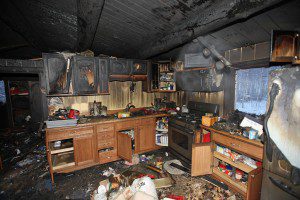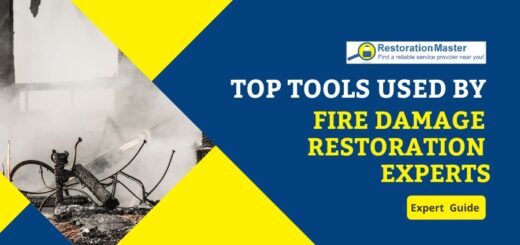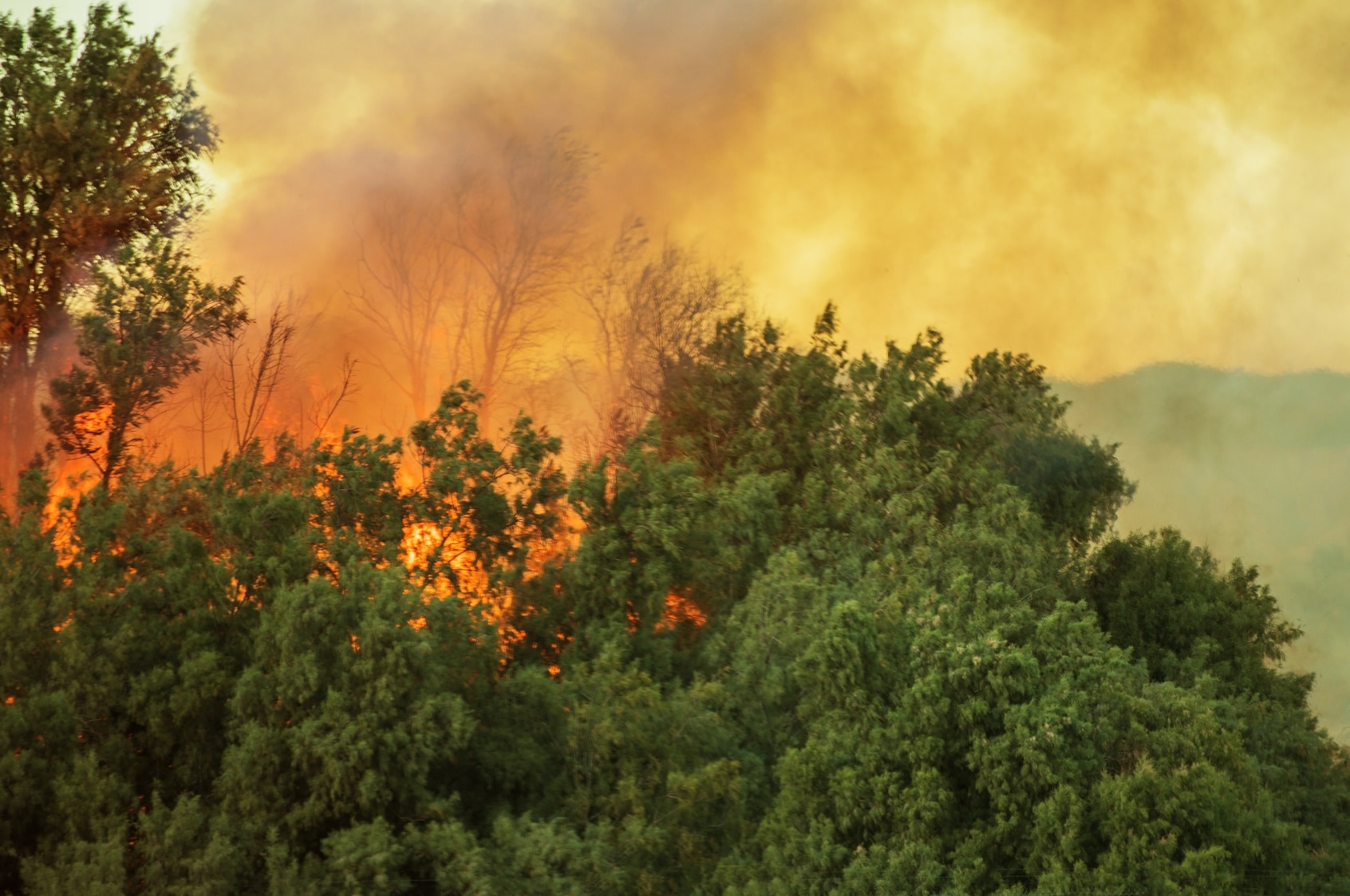Health Risks Associated with Smoke, Soot, and Mold
 House fires are terrifying because the flames can cause intense bodily harm that results in serious injury and even death. Once the fire is put out, many homeowners are relieved in the sense that the threat to their life or health has ended. However, the flames themselves are not the only potential source of health issues. Many of the byproducts of a fire are toxic. Fires leave behind smoke, sootSoot is fine black particles composed of carbon and other ma... More, corrosive byproducts, and even moldMold is a type of fungus that grows in damp or humid conditi... More that negatively affects your health. It is important to know the health risks caused by the byproducts of a fire to keep yourself and your family safe in the aftermath.
House fires are terrifying because the flames can cause intense bodily harm that results in serious injury and even death. Once the fire is put out, many homeowners are relieved in the sense that the threat to their life or health has ended. However, the flames themselves are not the only potential source of health issues. Many of the byproducts of a fire are toxic. Fires leave behind smoke, sootSoot is fine black particles composed of carbon and other ma... More, corrosive byproducts, and even moldMold is a type of fungus that grows in damp or humid conditi... More that negatively affects your health. It is important to know the health risks caused by the byproducts of a fire to keep yourself and your family safe in the aftermath.
Smoke
All fires involve smoke and everyone knows that smoke inhalation is extremely dangerous because of the chemicals it contains. Smoke is the byproduct of incomplete combustion and contains the following toxins:
- Carbon Monoxide (CO) and Hydrogen Cyanide (HCN): The potential health effects of carbon monoxide are well known as many homes have carbon monoxide detectors for safety. Less people know about the risks of the other major chemical in smoke, hydrogen cyanide. Hydrogen cyanide is over 30 times more toxic than carbon monoxide and inhaling a combination of both can be deadly. Smoke inhalation is the leading cause of fire related deaths.
- Chemicals from Burnt Materials: When materials such as wood, drywall, and flooring are burned in a fire, they release hundreds of chemicals in the smoke that are harmful to your health. Some of the dangerous chemicals released by burning household materials include hydrogen sulfide, hydrogen chloride, carboxylic acids, nitrogen oxides, acid gases, sulfur dioxide, and much more.
Soot
After the fire and smoke have cleared, there is still a substance present that can spread throughout the home and cause health issues as well as property damage; sootSoot is fine black particles composed of carbon and other ma... More. SootSoot is fine black particles composed of carbon and other ma... More is dangerous because it spreads and settles everywhere including the air ducts where it can get redistributed into the air. Most health problems caused by sootSoot is fine black particles composed of carbon and other ma... More result from inhalation but sootSoot is fine black particles composed of carbon and other ma... More can also get absorbed in the skin and eyes. The main health effects from sootSoot is fine black particles composed of carbon and other ma... More include lung irritation and respiratory issues such as bronchitis and asthma as well as more serious issues including heart attack, stroke, and even cancer.
Mold
Few people associate moldMold is a type of fungus that grows in damp or humid conditi... More growth with house fires, but if a house fire is extinguished with water, this excess moisture can quickly leadLead is a heavy metal that can be toxic to humans, especiall... More to moldMold is a type of fungus that grows in damp or humid conditi... More growth. Moisture is the main cause of moldMold is a type of fungus that grows in damp or humid conditi... More growth and organic materialsOrganic materials are derived from living organisms, such as... More that are wet from putting out the fire can become contaminated with moldMold is a type of fungus that grows in damp or humid conditi... More within 48 hours. MoldMold is a type of fungus that grows in damp or humid conditi... More not only adds to the health risks already present after a fire, but also causes even more property damage that makes the restorationRestoration is the process of returning a property to its pr... More process longer and more expensive.
If a fire breaks out in your home, make sure that everyone evacuates safely and do not return to your home until it has been restored and deemed safe. The byproducts of a fire are just as dangerous as the fire itself and can cause serious health effects long after the fire has been put out. It is of extreme importance to begin the fire damage restorationFire damage restoration is the process of repairing and rest... More as soon as possible by hiring professionals that can safely remove dangerous byproducts from sootSoot is fine black particles composed of carbon and other ma... More and smoke. These professionals have effective cleaning products and personal protective equipment to keep themselves safe during the restorationRestoration is the process of returning a property to its pr... More process.












